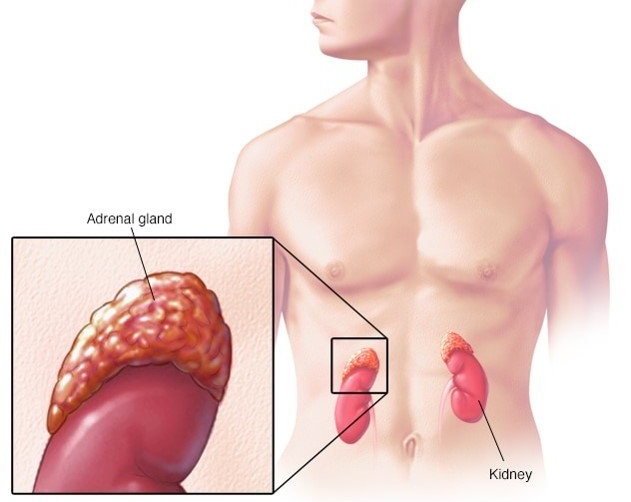What Is CAH?
CAH occurs due to inherited mutations that impair the enzymes responsible for producing cortisol and, in many cases, aldost
erone. Cortisol plays a central role in stress response and metabolism, while aldosterone regulates salt and water balance. Without these hormones, the body struggles to maintain equilibrium.
In many infants, CAH reveals itself at birth through ambiguous genital development or severe salt-wasting crises. Others may not be diagnosed until later in childhood, when symptoms such as rapid growth or early puberty emerge.
Symptoms and Their Impact
The symptoms of CAH vary depending on severity, but often include:
-
Salt-wasting and dehydration caused by electrolyte imbalance, potentially life-threatening if untreated.
-
Abnormal sexual development in newborns, which can be distressing for both parents and children.
-
Accelerated growth and early puberty, leading to short stature in adulthood if unmanaged.
-
Emotional and psychological challenges, as hormonal imbalances often influence mood and energy levels.
Beyond the medical symptoms, CAH also affects family dynamics, emotional resilience, and social well-being.
Diagnosis: The Role of Early Detection
Thanks to newborn screening programs, most cases of CAH are identified within days of birth. This has drastically reduced the risks of severe complications. Genetic counseling is also available for families with a history of CAH, allowing them to prepare for possible outcomes.
Prompt diagnosis means immediate treatment—giving children the best possible chance at normal development.
Managing CAH: Long-Term Treatment Strategies
There is no cure for CAH, but effective management is possible. The cornerstone of care includes:
-
Hormone replacement therapy to restore cortisol and aldosterone levels.
-
Regular monitoring of growth, development, and hormone balance.
-
Individualized treatment plans tailored to each person’s unique needs.
Alongside medical treatment, supportive care is equally important. Families benefit from education, counseling, and connection with others in the CAH community.
Living Beyond the Diagnosis
CAH is a lifelong condition, but it does not limit one’s potential. With appropriate care, children with CAH grow into adults who pursue careers, relationships, and fulfilling lives. Resilience, family support, and medical progress all contribute to this positive outlook.
Conclusion
Congenital adrenal hyperplasia presents undeniable challenges, but it also reveals the strength of medical science and human determination. By combining early diagnosis, effective treatment, and strong community support, individuals with CAH can thrive and embrace a future full of possibilities.

